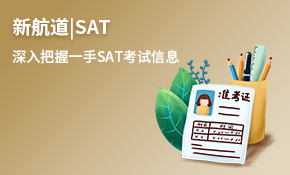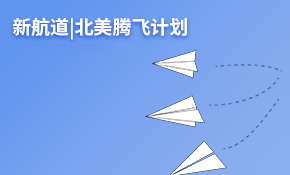托福口语:TPO9Task6题目文本及答案实例解析
托福考试备考过程中所用的最多的而且是必须使用的材料就是TPO,口语在托福考试中是比较难取得高分的,为了帮助考生在托福口语考试中取得理想的成绩,南京新航道将对以实例来分析托福口语TPO,如对题目的份,答题思路的问题以及范文的分析,内容如下,考生可做参考。
托福口语TPO9task6题目 Listening Part:
Listen to part of a lecture in a biology class.
(female) We all know that insects like to eat plants. But some plants are able to develop ways to protect themselves from insects. Today I’m gonna talk about some ways plants defend themselves.
Now, some plants have physical features that prevent insects from landing on them. Like the passion plant, for ex ample, its leaves hav e little spiky hairs all over them. They’re like spikes, sticking out of the plant that are so numerous and dense that they prevent insects from landing on the leaves. Basically there’re just no room for the insects to land. And since insects can’t land on the leaves they can’t eat them. So the little hairs serve as a physical feature that help protect passion plant from insects.
All right! But other plants protect themselves using chemical defenses, like the potato plant. The potato plant is able to release a chemical throughout its leaf system whenever an insect attacks it, starts eating the leaf. So, say an insect starts eating a potato plant’s leaf, that will cause the plant to react by releasing a chemical throughout its leaf system. The insect swallows this chemical as it eats. And this chemical discourages the insect from wanting to eat more of the plant. How? Well, the substance makes the insect feel full, like it’s already had enough to eat. The insect no longer feels hungry so it stops eating the plant. So, b y emitting this chemical, the potato plant protects itself from insects.
托福口语TPO9task6题目Question:
Using points from the lecture, explain how the passion plant and the potato plant defend themselves from insects.
托福口语TPO9task6答案解析:
1. Reading key
(1.1) Main idea: two defensive strategies used by plants agains hungry insects
(1.2) Strategy 1: physical defense
(1.2.1) Example: passion fruit.
(1.2.2) Dense spiky little hair all over; that make it very difficult for the insects to land on them; no landing spots= no way to eat it
(1.3) Strategy 2: chemical defense
(1.3.1) Example: potato plant
(1.3.2) When being eaten by insects, it will emit a chemical that makes the insect feel full; the insect will stop eating it because it doesn’t feel hungry anymore
托福口语TPO9task6范文:
In the lecture, the professor talks about the two ways plants protect them from being eaten by insects. The first is that they use physical features that make it hard for insects to land on them. Passion plants have spiky hairs all over them, no room is left for insects to land on the leaves in order eat them. The second kind of defense is chemical. Take the potato plant for example, it can release a chemical from its leaf system when being eaten by insects. The insect swallows this chemical which makes it feel full, like it’s already had enough to eat. Because the insect doesn’t feel hungry any longer, it stops eating the plant.
南京新航道学校提供专业的雅思培训、托福培训、GRE培训、SAT培训、剑桥青少英语培训等,帮助广大学子“用英语点亮人生”。
新航道致力于帮助学生提高英语能力,决胜雅思、托福、SAT、GRE等出国考试,分享励志成长、英语学习、考试信息、留学动态,尊重英语学习!南京新航道官网微信号:xhd-nanjing.
新朋友关注方法:
1、添加微信号:xhd-nanjing
2、二维码关注:保存图片——打开微信扫一扫——从相册选择二维码
















